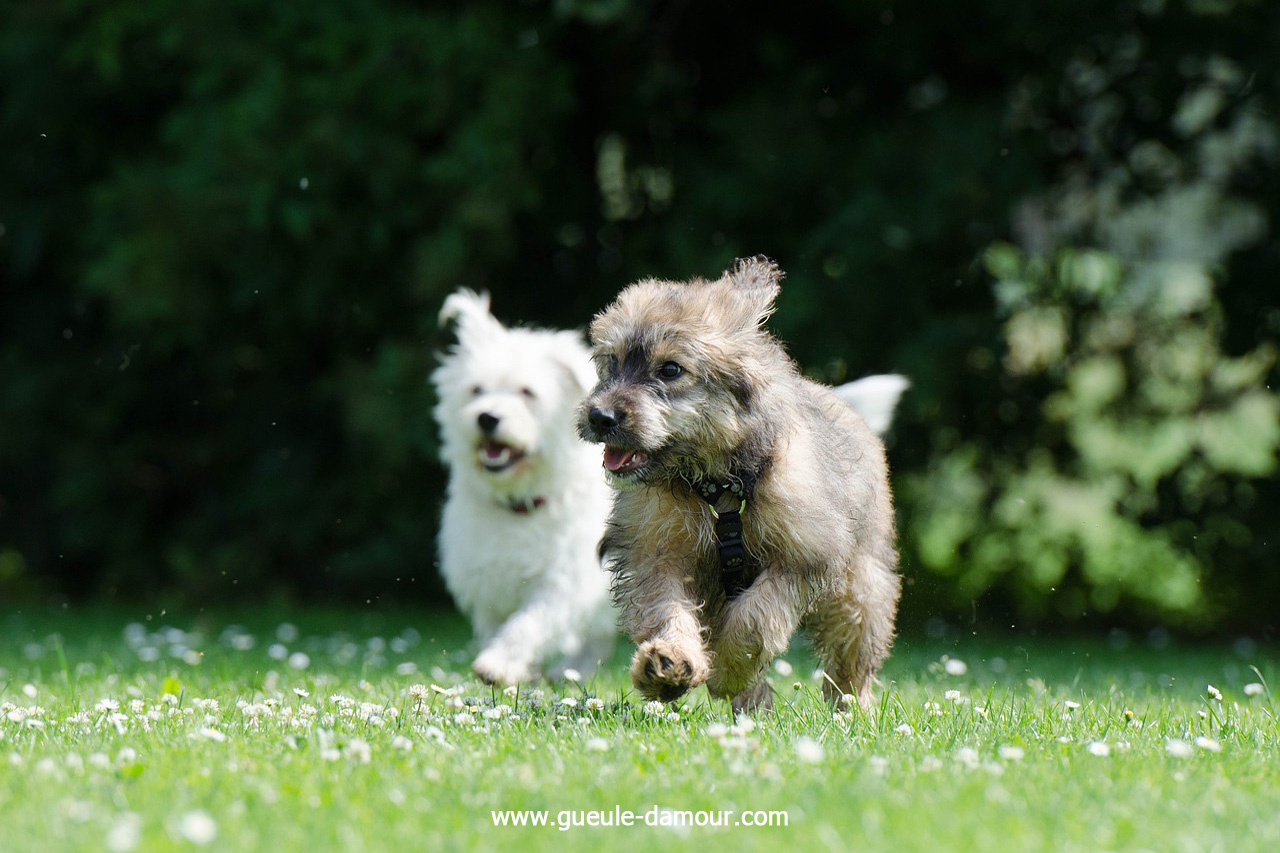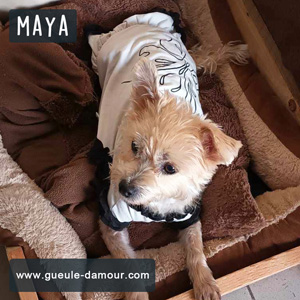ELGE-ART.COMONE ORDER = 1 EURO FOR ANIMALS
You has 0 products in cart
You are no items in your shopping cart

Spaying and Neutering: A Guide to Responsible Pet Ownership for Dogs
Certainly, spaying and neutering are also important procedures for dogs, and many of the reasons and considerations are similar to those for cats. Let's take a look at the importance of spaying and neutering dogs.
Understanding Spaying and Neutering in Dogs
Spaying (Ovariohysterectomy): Spaying in female dogs involves the removal of the ovaries and often the uterus. This procedure prevents female dogs from going into heat and eliminates the possibility of pregnancy.
Neutering: Neutering in male dogs involves the removal of the testicles. This helps prevent them from impregnating females and reduces behaviors associated with mating and territorial aggression.
Reasons for sterilization in dogs
Population Control: As with cats, controlling the dog population is a crucial reason for sterilization. Reducing the number of unwanted puppies helps ease the burden on shelters and prevents dogs from living as strays.
Health Benefits: These procedures provide several health benefits for dogs. In females, spaying reduces the risk of uterine infections and mammary tumors. In males, neutering reduces the risk of testicular cancer and may reduce aggressive behavior.
Behavioral Improvements: Neutering can lead to calmer, less aggressive male dogs, making them easier to manage, especially in multi-pet households.
Surgery
The surgical process in dogs is similar to that in cats. The dogs are given general anesthesia and the reproductive organs are removed through a small incision. It is important to choose a qualified veterinarian to perform the procedure and ensure a safe and successful surgery.
Recovery and follow-up
After surgery, dogs need proper care and attention, just like cats:
Rest and supervision: Provide a quiet, safe and comfortable recovery space for your dog and monitor him closely for any complications.
Pain management: Pain medications prescribed by your veterinarian can help keep your dog comfortable during the recovery period.
Prevent licking: Just like cats, dogs may try to lick incision sites, which can lead to infection. It is important to use a collar or other methods to prevent licking.
Follow-up: Schedule a follow-up appointment with your veterinarian to make sure the incision is healing well.
Nutrition and hydration: Make sure your dog has access to clean water and a suitable post-operative diet, as recommended by your veterinarian.
In conclusion, spaying and neutering are essential for both cats and dogs to control overpopulation, improve their health and modify certain behaviors. Responsible pet owners should consider these procedures and work with their veterinarians to make informed decisions regarding when and whether to sterilize their pets. These surgeries not only contribute to the well-being of your pet, but also help manage the overall animal population, reducing the number of animals in shelters and on the streets.




























